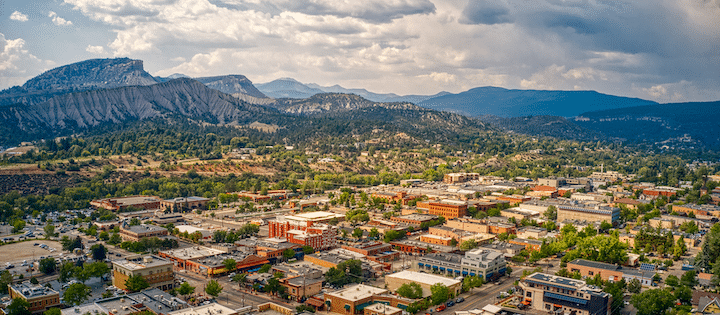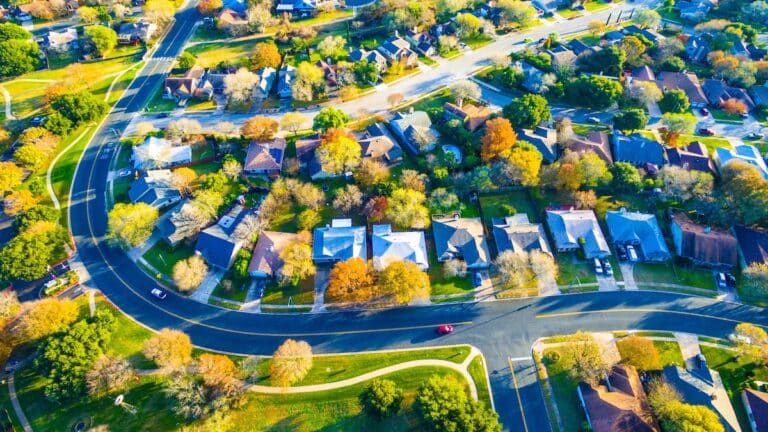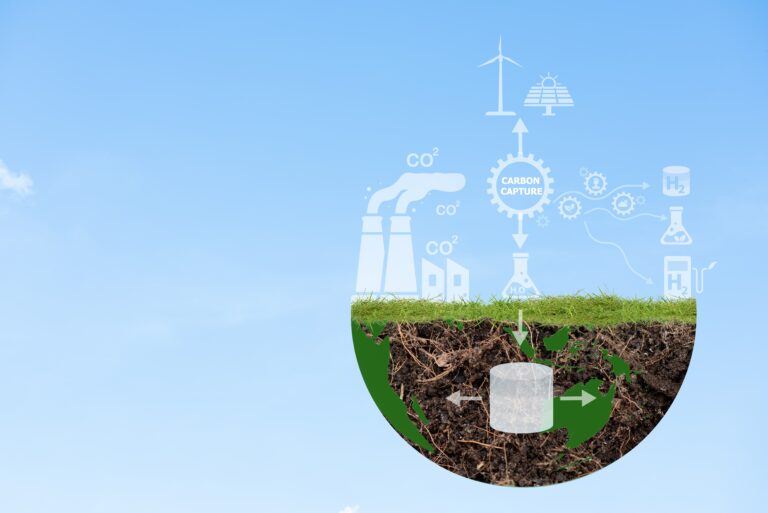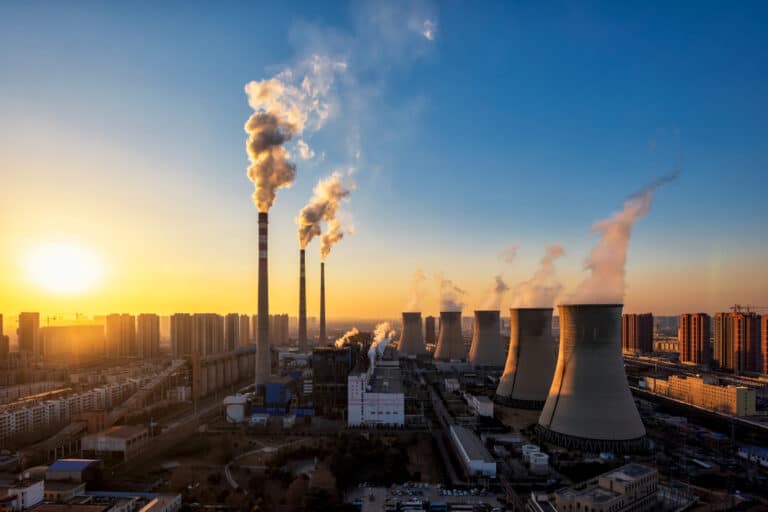By: A.J. Goulding, CGEP Faculty Affiliate
DOWNLOAD THE FULL REPORT HERE [PDF]
As U.S. policy makers and utility stakeholders prepare for the utility of the future, comparisons are often made to the transformation of the telecommunications industry due to wireless technologies. However, a new report by A.J. Goulding, Faculty Affiliate at the Center on Global Energy Policy, indicates that the near-death and subsequent rejuvenation of the U.S. rail system over nearly two centuries also offers lessons for the power sector as it adapts its strategies and regulatory philosophies while planning for the utility of the future.
Key Findings From the Report:
- As customers who previously had no options other than to pay set utility rates leave the grid, the cost of distributed generation will become the effective cap on rates for many customers, just as the cost of truck transport became the effective cap on rail shipping rates. Utility executives can reduce rates to retain customers or reinvent their utilities as microgrid operators coordinating distributed resources.
- Even though distributed generation cannot yet attain the level of grid reliability without significant – and expensive – redundancy, some customers might accept lower levels of reliability, the price point at which distributed generation becomes a viable alternative falls.
- As means of delivering energy services become more innovative, new business models will challenge the basic definition of what constitutes a utility, eliminating restrictions on the companies that can participate as well as geographically defined franchises. The combination of all these factors raises the potential for stranded costs for utilities.
- As risks to the sector grow, utilities may be justified in seeking higher returns, but increasing rates to customers could make them less competitive against distributed generation. Utilities will have to consider which parts of their rate base are most vulnerable to customer flight and determine appropriate competitive and regulatory responses.
- Increasingly, utilities will need the ability to offer flexible rates, which may require rethinking the principle of nondiscrimination in rates. Rate design has traditionally focused on costs, not value, and must be reconsidered, and utilities must consider how to appropriately price the option of using the grid.
- Successful utilities will need to master – and profit from – the massive amounts of data that are available to them and focus on what they are good at: transmitting significant volumes of electricity through networks across large geographic areas. Just as consolidation among Class I railroads led to a “big seven” dominating the industry, there is likely to be sustained merger activity as utilities combat shrinking margins and increasing difficulties from achieving allowed returns; however, such combinations, if noncontiguous, will generate limited savings.






